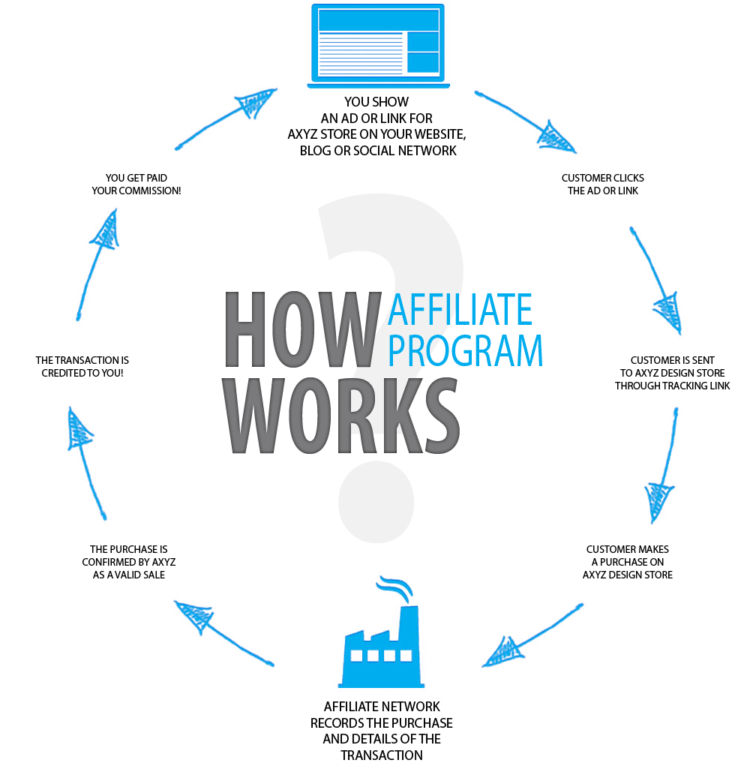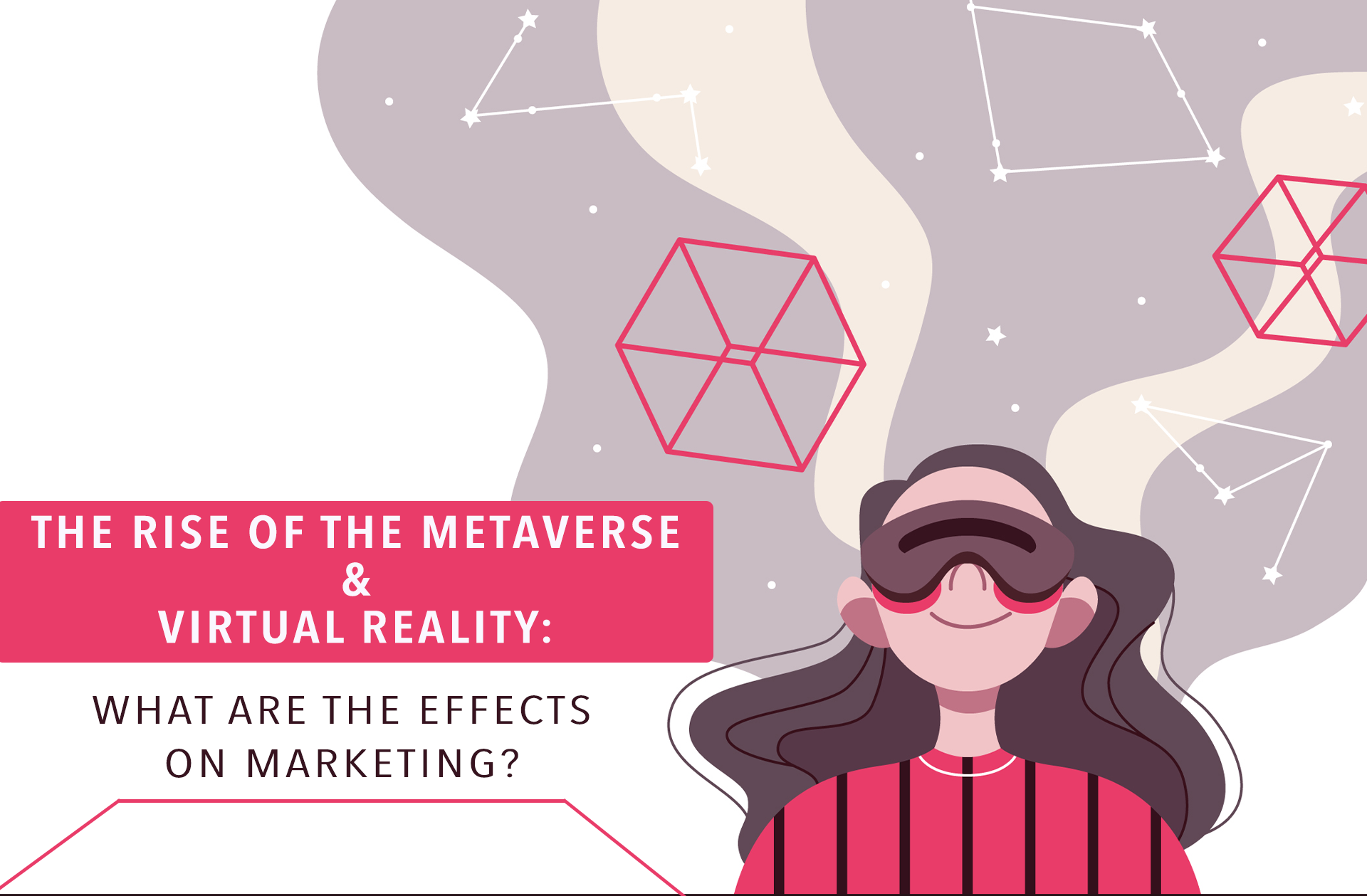After the Affiliate Summit West 2020, Impact published an article that brought a very important subject discussed into light – Affiliate Marketing. Affiliate Marketing is not strange to marketers of the 21st century. In fact, this has been a proven model since the late 90s. However, as Impact puts it “Affiliate Marketing is Dead”.
Since the beginning of this new phase in the marketing industry in the late 90s, Affiliate Marketing has gone through some serious changes. You probably already know that most of the strategies that worked in the beginning don’t work so well today. Furthermore, you will also notice that slowly, even the strategies that worked just a few years ago are no longer ideal.
In this article, we review what Impact has eloquently shared and see what the future holds for Affiliate Marketing.
What is Affiliate Marketing? Let Us Simplify It.
In the simplest sense, Affiliate Marketing is an advertising model in which a company compensates third-party publishers to generate traffic or leads to the company’s products and services. The third-party publishers are called affiliates and earn a commission which incentivizes them to find ways to promote the company’s products and services. Companies that have affiliate programs are the ones who adopt this model.

Source : Bigcommerce
Impact recognizes affiliates as “those whose business model derives its revenues from performance-based deals, like coupon and loyalty sites, for example. They are a plug and play; they know exactly how to be successful in affiliate marketing and have a tried, tested and profitable way to help brands grow their business.”
However, it is becoming evident that this plug-and-play method is limiting what affiliates can actually do. This relationship is evolving to be a more complex connection that is not bound by the already set definition of Affiliate Marketing. To better understand this, let us walk through the evolution of this relationship.
From Volume to Quality to…What Now?
Listen up folks, it is storytime. Pay attention, as this sets precedence to the future of the industry.
Chapter 1 – The (not so) Clever Beginning

Source: Giphy
It was the late 90s, around 1997 when affiliate marketing exploded onto the scene of marketing. It promised huge returns with minimal effort and cost. It was a win-win situation for everyone where all one had to do was find affiliates and watch the money roll in. The main focus was to connect with as many affiliates as possible. It did not matter if they all even generated revenue for the advertiser. The few that were going to give results would give results and the rest did not do any harm.
They essentially roped in hundreds of affiliates every month. Probability takes over here showing that there are bound to be a few who will be valuable. This meant that a one-size-fits-all approach was adopted where there was no customization or monitoring of relationships. Besides, how could they? It was too many affiliates with a lack of technology and time. The goal was more affiliates, better returns.
So what was the downfall? Well, it was not so clever. More affiliates meant more problems. By the mid-2000s, it became apparent that unproductive affiliates clogged up the system, with many committing outright fraud by taking undue credit for sales they did not generate. There was a loss of trust in this approach’s ability to drive real value. Clearly, scaling up successfully was not through volume. They needed a new strategy, a new beacon of hope.
Chapter 2 – The (almost) Smart Realization

Source: Giphy
After the debacle of the volume-driven approach to Affiliate Marketing, marketers started to wise up and decided that if success wasn’t going to come with quantity, the solution must be quality.
This was also when the marketers started swearing by the 80/20 rule. They recognized that most of the revenue generated only came from the big few affiliates. This got the marketers thinking as to why they should even recruit that many affiliates when it was clear that there was very little marginal value with the low and mid-tier affiliates.
Thus, they started focusing their attention, keeping those major affiliates engaged and happy. Now, at least, marketers had recognized that some level of investment, attention, and customization would be necessary to nurture valuable affiliate relationships – what worked well for one affiliate would not automatically work well for the next.
Thus, when the scale-by-volume approach did not work, marketers implemented a scale-by-quality approach. It was natural for marketers to conclude that the best way forward was to deepen their relationships with those major affiliates.
So what was the downfall here? Well, it was almost a smart strategy, almost. The issue crept up when there was an overdependence on the big affiliates which automatically tied up the programs’ performance to the growth trajectory of those affiliates. This also led to the weak negotiating positions of marketers within their own affiliate programs. Clearly, something has to change, but what exactly?
Chapter 3 – The (very) Good Riddance

Source: Giphy
What does an affiliate truly mean? Af-fil-i-ate (noun): a person or organization officially attached to a larger body. Is this all that an affiliate relationship means and offers? The word affiliate marketing evidently limits the potential value that can be unlocked in the relationship. We require very good riddance of this limiting perspective. What we need is something that is as vast and diverse as this rapidly changing world. Ergo, say hello to Partnerships.
Do not mistake this as riddance of affiliates, but more as an expansion of the meaning and perspective. Affiliates do and will always exist, but, are only a type of partnership. With most marketers still being stuck in the rut, some pioneers have charted a course into true partner programs. These programs focus more on sharing and working towards common business goals rather than having a plug-and-play approach. These pioneers are strategic when it comes to partner selection, with optimization and engagement being comprehensive and personalized.
So the moral of this story is that every marketer should embrace the changing landscape of affiliate marketing and evolve to scale by collaboration for sustainable growth, of course, with the magic touch of technology. The end… or is it?
The Sequel – Future of Partnerships
Impact made it very clear that it’s not moving away from the word affiliate — it’s not that at all. They are overcoming the limitation that semantics caused and “championing the evolution of new and different types of partnerships in addition to affiliates: software integrations, business to business partnerships, social responsibility, influencers, media partners, podcasts and many more.”
This coupled with “macro trends of today’s negative consumer sentiment towards sales, marketing, and advertising, which is pushing people to rely more on their own research and recommendations from people and businesses they trust”, partnerships become invaluable. With ad spend being concentrated on big players like Facebook and Google, are causing prices to skyrocket and tracking and measurement to plummet. Consequently, it only makes sense that marketers shift to the partnership economy that has a “massive opportunity to unlock it and capitalize on it.”
There is abundant advocacy for this shift, with firms like Forrester forecasting that partnerships will be driving more than 25% of the total revenue mix. With companies like Impact whose technology allows the innovation in new partnership types, it is only the start of this next wave. Partnerships will be the holy grail that can deliver scale efficiently with sustainability, proving to be the crux of enterprise growth.
Source of Article in Review: Impact
If you wish to receive these articles directly to your inbox, subscribe to Minimob’s very own #mininewsletter!





